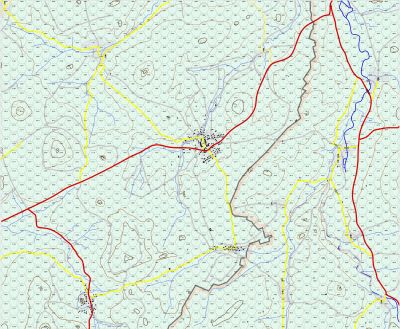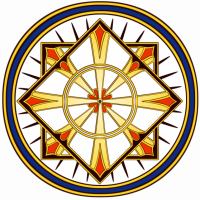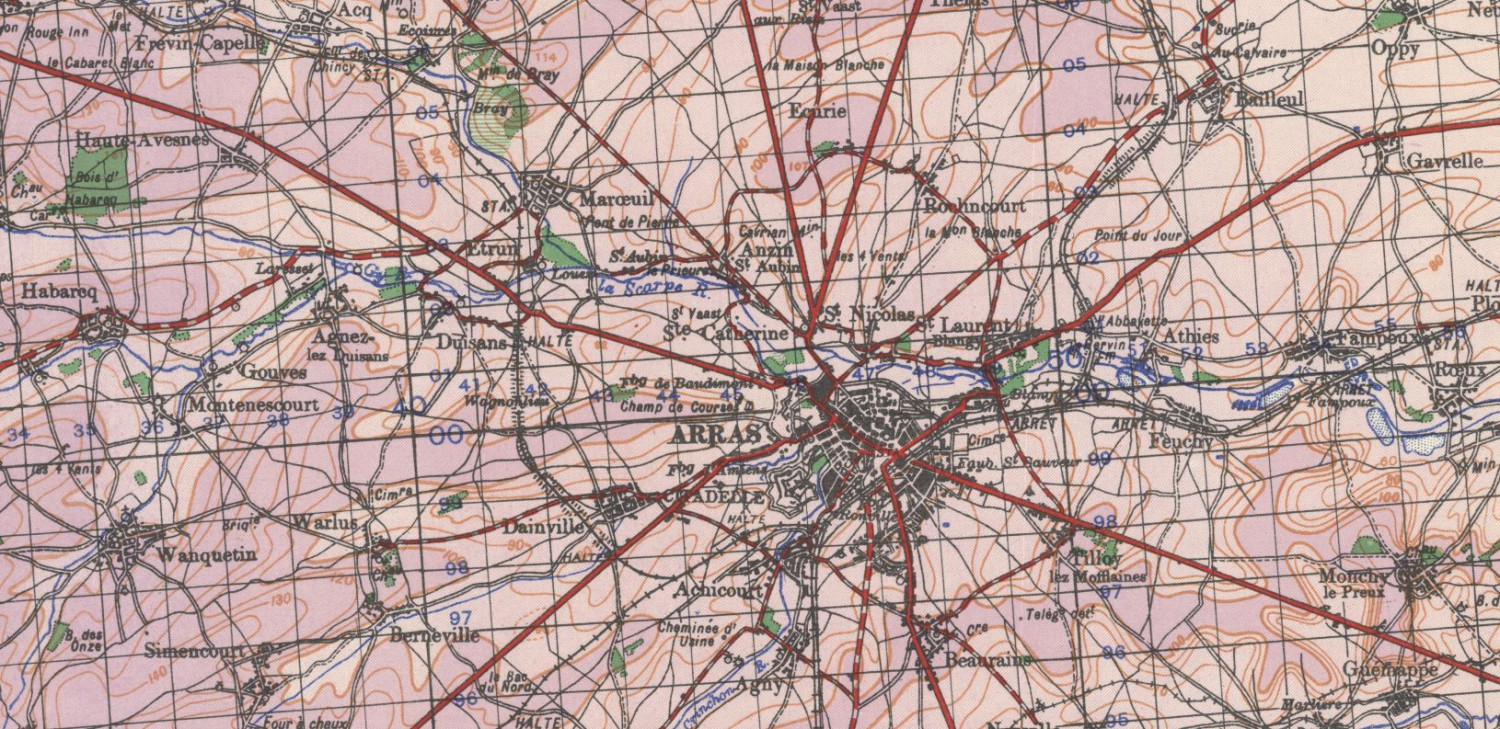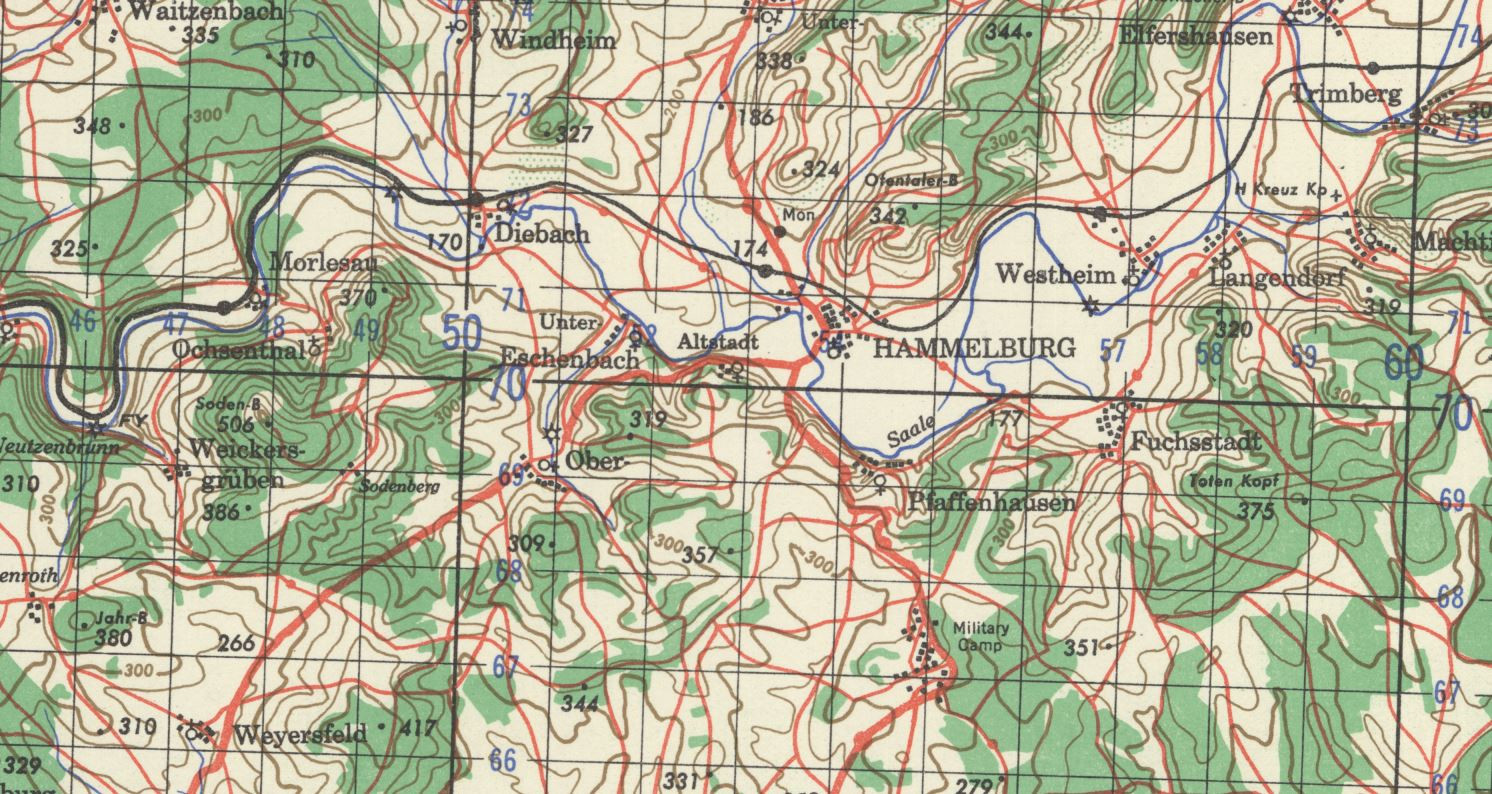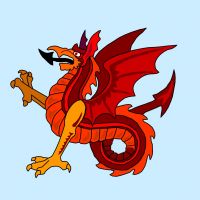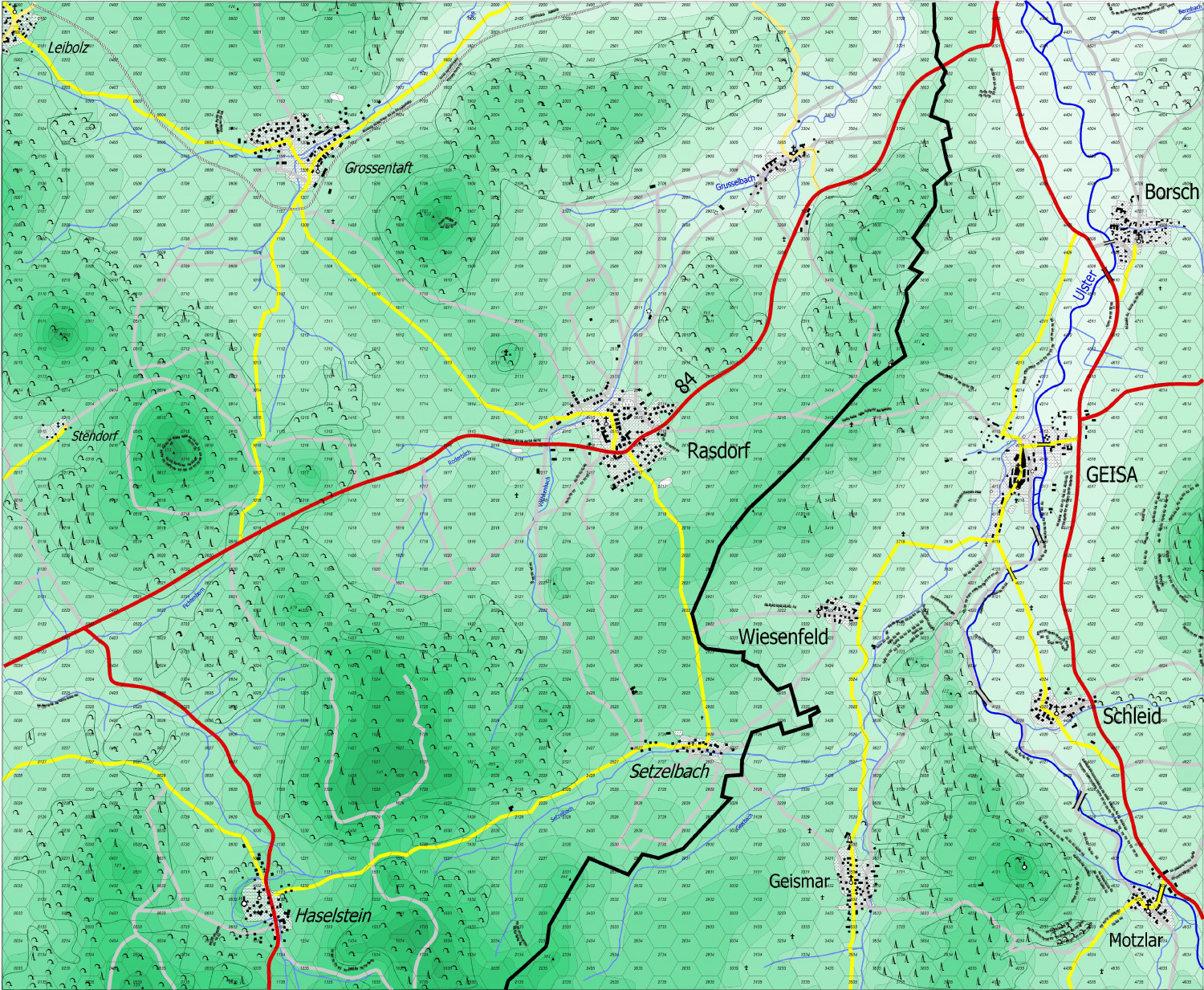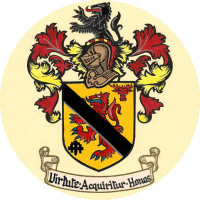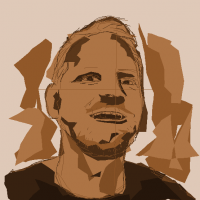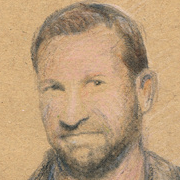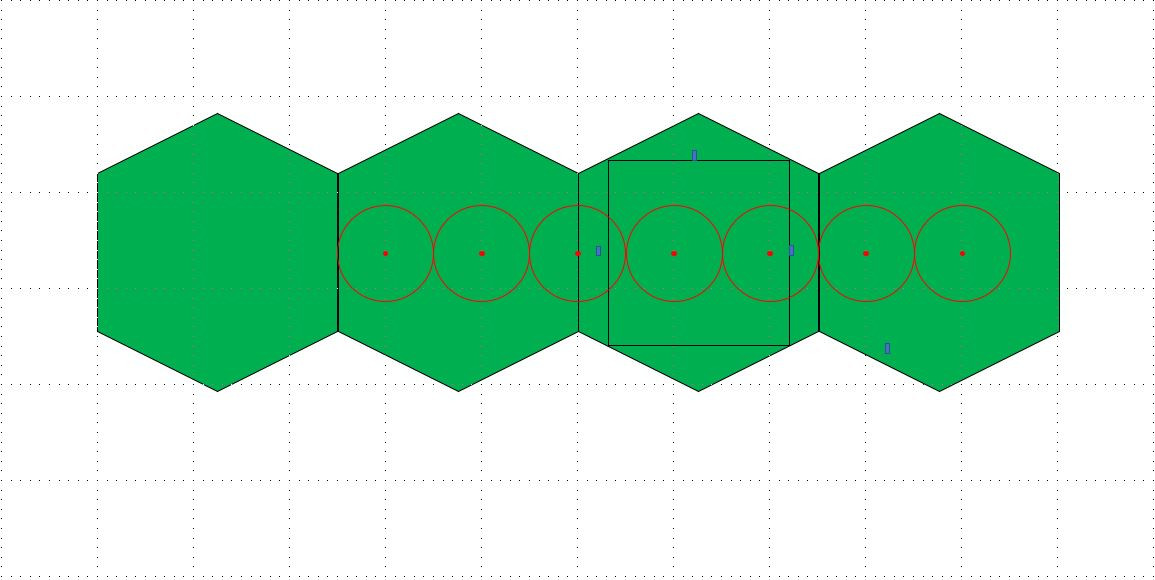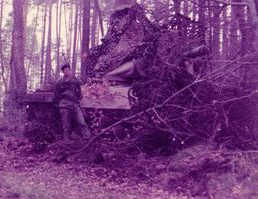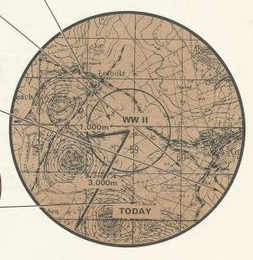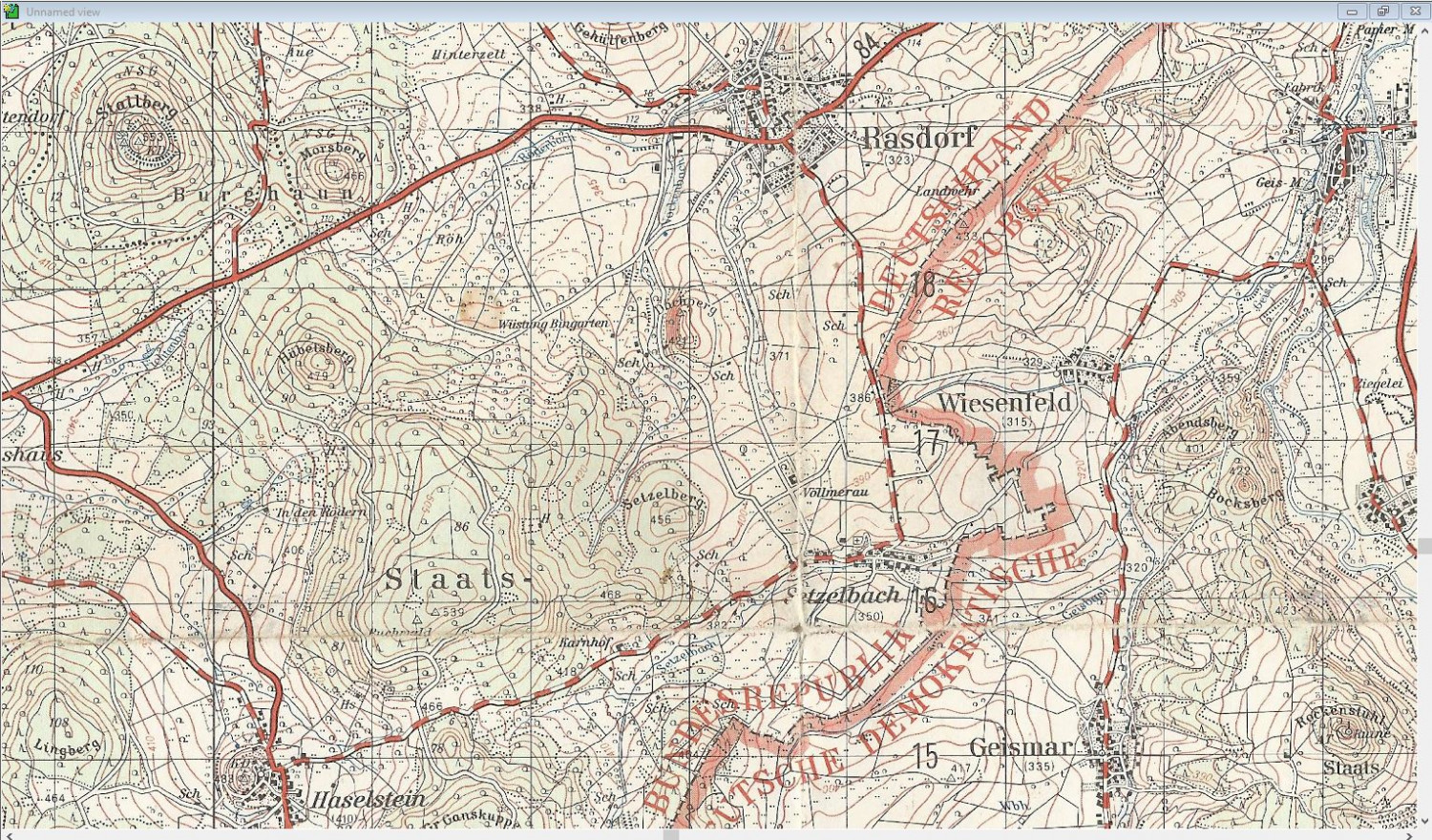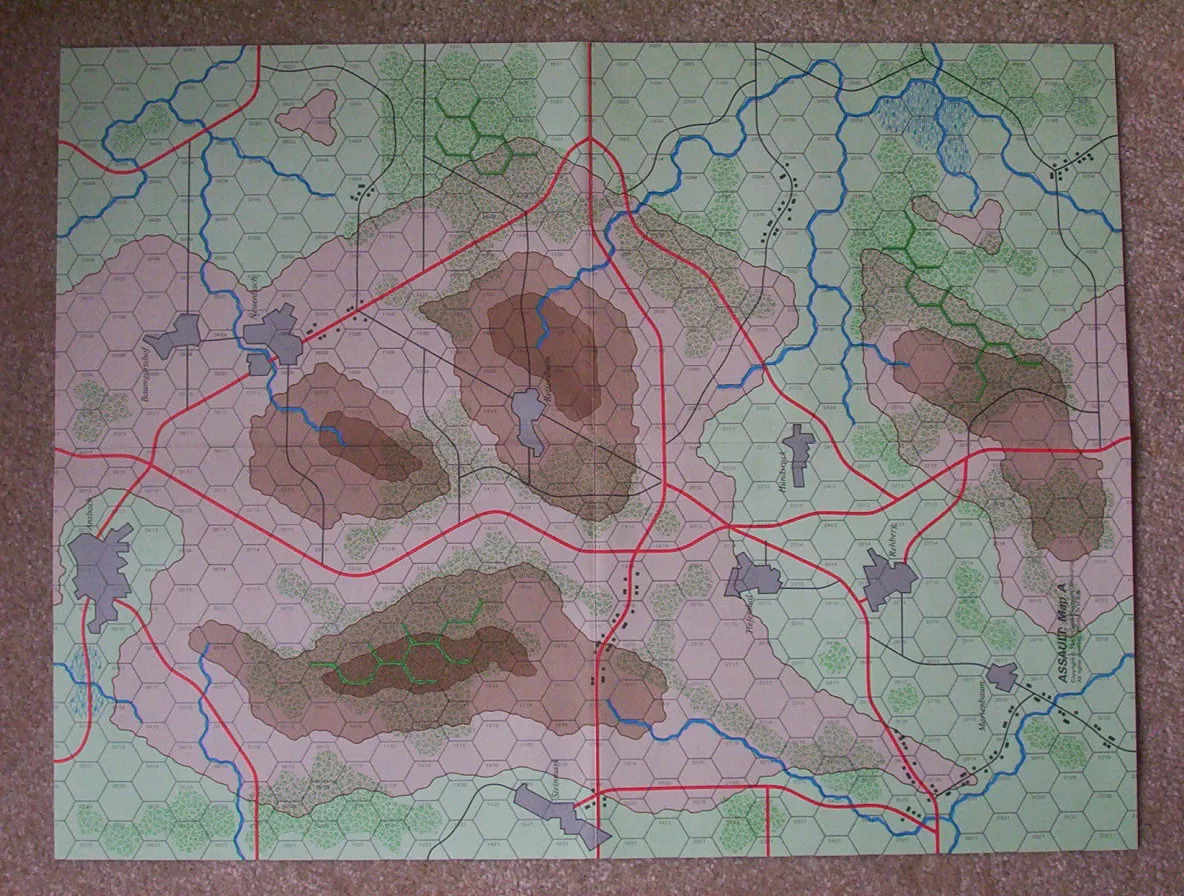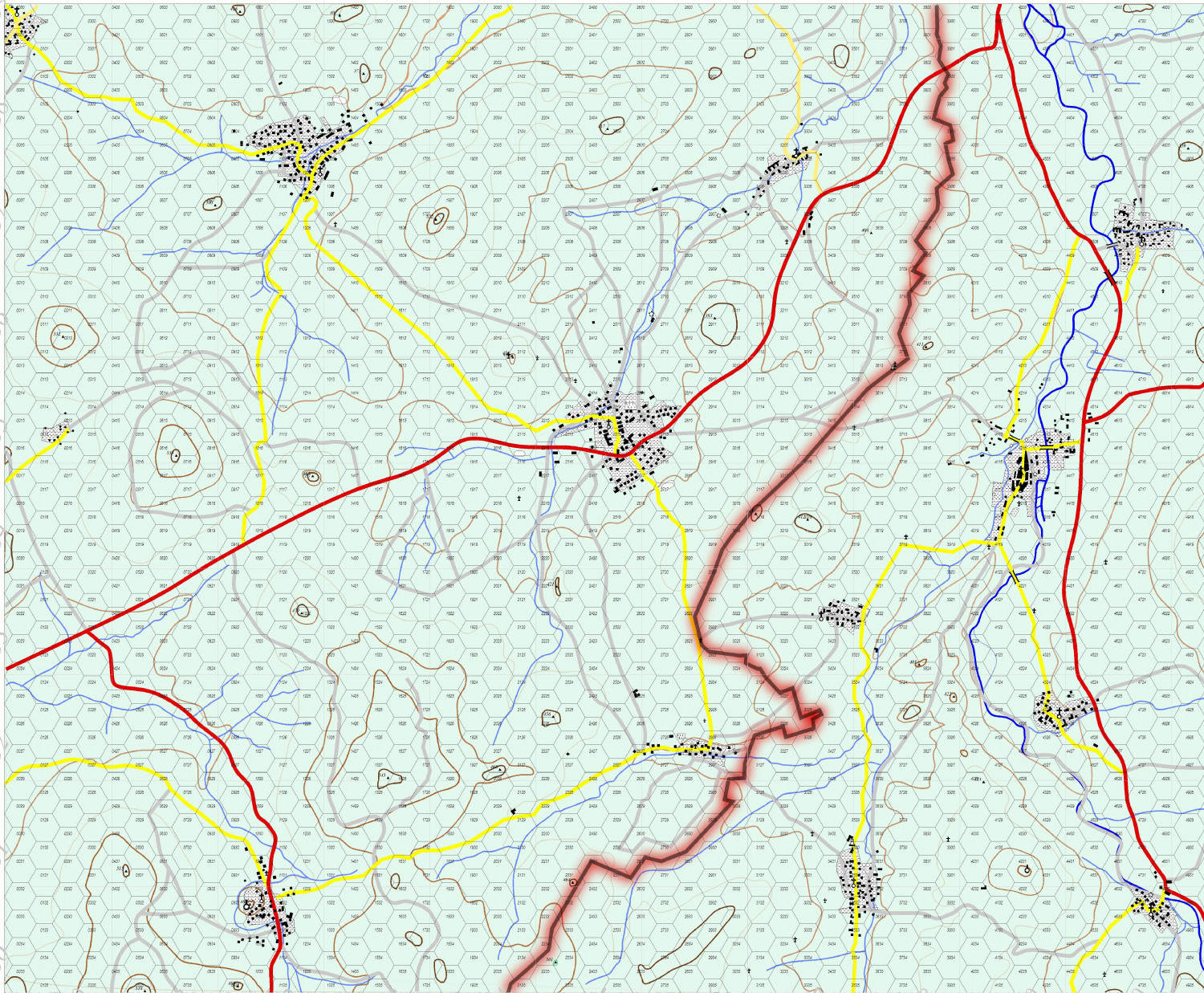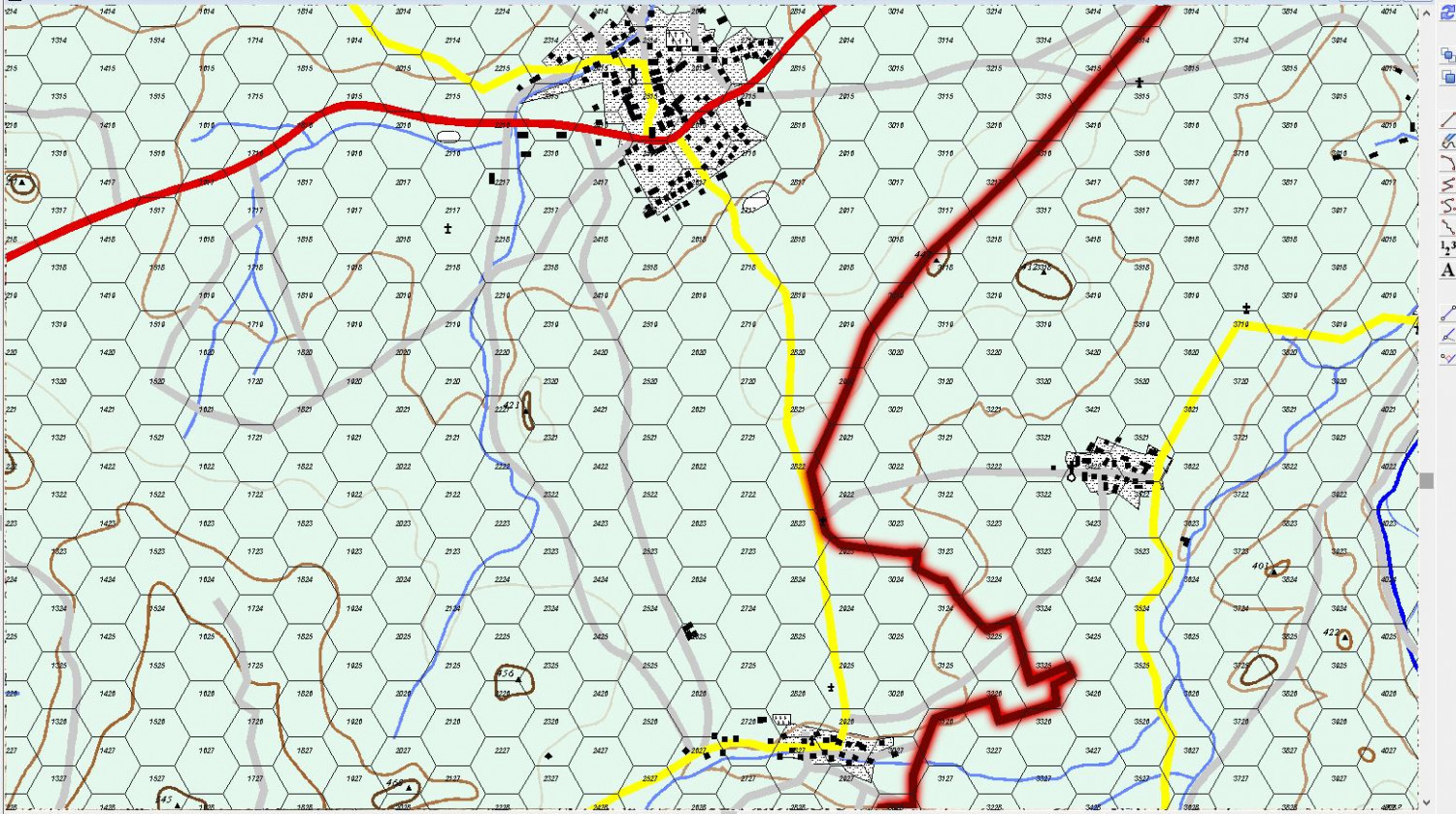
mike robel
mike robel
About
- Username
- mike robel
- Joined
- Visits
- 4,034
- Last Active
- Roles
- Member
- Points
- 435
- Rank
- Surveyor
- Badges
- 6
Reactions
-
What games do you use ProFantasy to create maps for?
I used to create the maps for the following games:
The below map is finished, but not the game. Design in progress since 2014.
The below is played with the Legion Games Battle of the Little Bighorn game, but I made a custom map for it to explore a tactic in which Custer might have tried to disperse the Pony Herd (ala Captain Biddles' (John Wayne in "She Wore a Yellow Ribbon" instead of trying to attack the Indians directly. (P.S. My wife wears a yellow ribbon for me sometimes and I give her yellow roses on our anniversery, because I am an armored cavalryman.)
This map is going to be used for a Hammer's Slammers Game (based on the the work of David Drake (and with his permission) if I can get the mercenary flavor done right. A portion of the same map will be used for another episode of Alien Invasion pitting the 116th Armored Cavalry Regiment against a Martian Invasion, partly inspired by a twilight zone episode.
-
McMaster University Digital Map Collection
As the title says, this Canadian University has an excellent digital map collection from the 18th century (maybe before) until now. Particular interesting is the World War II collection with 1944 era maps for most of Western Europe, but no theater is left untouched. I have not even come close to looking through all of them even briefly.
You can download *.JP2 maps at medium quality or high quality *.tff that are mostly 1GB or larger and they are bloody wonderful, preserving detail to extrement zooming. (The JP2's, not so much.)
I was gratified to find 1:100000 maps covering the Battle of Arras, which was one of my first maps I produced for a game. The British launched a small counterattack with two tank and two infantry battalions, coming in just behind Rommel's 7th Panzer Division's leading tanks and hit his infantry Regiment, causing considerable havoc. Rommel's aide was killed 5 yards away from him; imagine the consequences. There is also some evidence that Rommel panicked, his situation map has the notation "5 Divisions" with a couple big arrows pointing toward his division. The attack contributed to the Panzer Halt which gave the British the time to get to Dunkirk.
I worked from modern maps and snippets of copies of maps from books and online images and it is just wonderful to have such a map.
I also got 1:100000 maps covering the path of TF Baum (which included the WW2 company my last command was descended from) Hammelburg, Germany raid . I "walked" and road the raid path several times when I was stationed in Germany, using modern 1:50,000 maps, while while highly detailed, do not show things as they were then. BTW, the raid failed, TF Baum was destroyed and survivors taken prisoner or escaped.
Next is the Battle of Arracourt in France in which the company was destroyed too, and the Break-in to Bastogne, Belgium which the company led (and did not get destroyed).
-
Yet Another Wargame Map set in ...
-
Yet Another Wargame Map set in ...
@Wyvern You are totally correct placing the features in the way I don't like leads to easier play. I adjust the feature to make it obvious where the feature lies. For roads its not a big deal, but for rivers, you pay the cost when you leave the hex and there is no cost when you move along the river line. Line of Sight issues always occur, and I just have the players resolve the issue if they can't agree with a die roll.
In my younger days, we would play computer assisted simulations in the main Fort Riley gym, on moving map tables with maps blown up to about 1:10000 scale using micro-armor. As the battle shifted, we'd move maps in our out of the play area as the game unfolded. We had to talk about what we could see and do before we filled out the battle form and took it to the computer operators. Several times, late in the game and usually late at night it seemed fist fights might break out as the arguments became heated and ones map reading skill, as well as other qualities and abilities might be called into question.
Regardless, I try to make my map and rules as clear and understandable as possible. Since battle is chancy, if players disagree I tell them the challenger gets to roll a die and if its even he wins and odd the challenged wins. If in the other players turn, they have to roll again to determine if the issue changed.
I'm a moron. I didn't scale the drawing properly. The dot's you see in the background are 0.1 inch apart, the hex is 25 dots wide and each dot is 10 meters apart. Therefore I have spaced the tanks 10 meters apart, not 100. The second picture below shows the correct spacing at 100 meters.
The other thing to remember is tanks are tiny and hexes are large. The Hexes below (in the second diagram) represent the typical width of a 1000m battle position I would allocate to a platoon to give them plenty of room to shift position in the defense or to move in the offense. The M1A1 tank is scaled to represent its length and width (9.77m x 3.66m) with the typical 100m spacing between tanks. Seldom would the tanks of my company in the same hex, unless I was in the final assault. They can be anywhere in the hex and you can bet they would look for the most advantageous position for themselves as they could find.
The 6 red dots in the second diagram represent the impact of each round while the circle represents the burst radius and together represent the beaten zone of a volley from a 155mm artillery battery. A single volley would do little, if any, damage to the tanks.
The black square represents the counter size.
Diagram 1: Incorrect. This rendering has the tanks spaced too closely together.
Diagram 2. Corrected. This rendering has the tanks spaced correctly.
You can see the battlefield is empty space and an individual tank or person can be virtually anywhere inside the hex. So measureing from the hex center is an inexact representation of what occurs. But no one wants to get into computing line of sight mathmatically (except maybe in a computer game) so it is good enough. The 100 meter spacing is somewhat elastic. The platoon could get pinched down to a wedge in which the tanks are only 10 meters apart or even into a column, but you do't want to that close together.
As Sherman said, "Men are not blocks of wood," but neither are blocks of wood (or cardboard) men or tanks.
Here is a shot of me in front of my first tank. The woods are moderately dense, but LOS in blocked pretty well if you are trying to see in, but is pretty open when looking out. Until you shoot and the muzzle flash gives you away. Then you need to move, which is why I gave all that space to me tanks. Today with thermal sights, hiding is much harder. Better to dig in and not turn on your heater in the cold.
A Boy and His Tank.
Lastly, this last shot shows the difference in range from WWII (an M4A3E8 76mm Sherman tank) versus about 1980 (An M60A1 Main Battle Tank) overlayed on a section of a 1:5000 map near where my map is. A glance easily shows several places where LOS is blocked and areas where tank would have a difficult (slow) time trying to move through.
WWII Range vs 1980s Range
More than anyone here probably wants to know. :)
-
Yet Another Wargame Map set in ...
You guessed it in the V Corps area of Germany in the Fulda Gap. This one, while in the same area, is a little different and is centered on Rasdorf which is very near the old Internal German Border. Here is a map of the region, covering an area about 5 x 8 km. the scale is 1:50000 and each square is 1km
I'm making the game for a game called Assault which was set in the late 80's and I used to play it for both enjoyment and for training my officers. You can read about at https://www.boardgamegeek.com/boardgame/8284/assault-tactical-combat-europe-1985 if you are tired of making maps for the moment.
Here is one of the maps from the game. They are based on German terrain, but are isomorphic and very generic and I don't like the roads running in the center of the hex, streams on the hex edge, and other features contained within a hex or a group of hexes. counter interval here is 20 meters, but you can say it is anything you want. The map scale is 1 Hex = 250meters and the unit scale is platoon (3-10 vehicles).
This is a copy of my game map in progress. I had to blow it up to the Assault Scale, so it is much larger than the top map. The map measures 30 x 37 inches or so. (sorry about mixing measurement systems.) Rasdorf is the city in the middle and Setzelbach is directly below it and very near the Red/Black line which marks the Interzonal or Inner German Border.
This map is sized to about the same hex size as the Assault map above. The town at top is Rasdorf and the smaller one at the bottom is Setzelbach. My tank and cavalry platoon would occupy an Observation post for three weeks about once every quarter to provide surveillance of the border, the OP is now a museum and sits just about where the light gray road exits the map to the north near the Border.
It's getting close to finish. I have to decide if I want to put in more contour lines, fill in the contoursso they are easy to interpret, and detail the areas of forest.
Enjoy


